TU/e Learning Portfolio
(2021-2023)
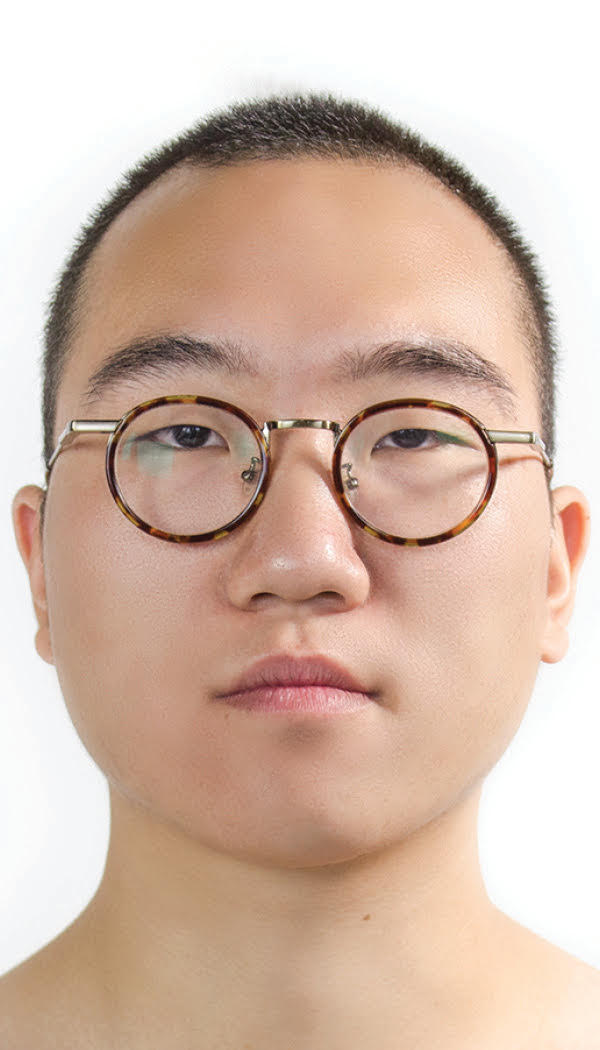
Vision
Design is a powerful tool for setting the foundations for future societies by creating reflections upon our current conditions. Design creates material markers that show where we are, where we came from, and how we could move forward. By making possible futures tangible and experienceable through design, designers have slowly expanded their areas of influence from products to services, government, and systematic change.
As we live in a fast-paced world where technology and ideas rise and fall exponentially, designers must critique and dissect what values make a difference in shaping our lives today. Design's embracing of complexity and mess - through empathic and immersive practices - allows practitioners to investigate values that pragmatically matter.
The design practice is about setting things in motion, materializing our ideals and values, and inspiring collaboration among various disciplines in transforming our society. We make the future not so distant by making it tangible today. It is then paramount for designers to be aware and resourceful with how we used to live and live today, to learn from our achievements and failures to shape our society towards an equitable, sustainable, and empowering future.
Professional Identity
As a designer, I want to create discourse about everyday interactions with the designed
world. I explore the power of material and form in our everyday choreographies through familiarity, absurdity, and playfulness.
I approach the design process with an open and receptive mindset. My process is a hands-on approach that involves empathic frameworks (Kouprie & Visser, 2009), mixed collective perspectives (Smeenk et al., 2016), ethnographic methodologies found in anthropology (Emerson et al., 2011), and cross-pollinations (Kelley, 2005) of cultural practices/icons/choreographies. From deconstruction, conversation about important values can arise between the designer and the audience. This immersion of varied perspectives allows me to assess contemporary culture, interrogate current moods, and deconstruct everyday norms through iterative material explorations and personal intuitive inquiry (Anderson, 2019).
Sampling practices - found in music (Demers, 2003; Holmes, 2008; Schaeffer, 1952) - inform my approach to reinterpreting the distilled values discovered from deconstruction. Referencing within my work is natural to how we navigate new environments. For example, consider the theories of affordances (Gibson, 2013), the idea that a specific shape or environment affords a specific action within that space dependent on one's past experiences and physical capabilities (Bruns et al., 2021). We are naturally referential creatures. By sampling other media, arts, and cultures, I can use familiar values and present them in a new light to engage with the participant in transforming our everyday.
My role as a designer is to facilitate conversations between the user, designer, and artifact. I am here to help guide the user in the meaning-making of the design. The artifact's meaning is never finalized; it is a moving target dependent on the participating parties. My practice, grounded in pragmatic philosophy (James, 2017), is not concerned with creating an omnipresent truth but rather empowering the user to form their interpretations and meanings with the design. Through my work, I aim to evolve the user into a fellow imaginer of what it means to live today.
Past Practice
Before the master's, I received education from an art institute focused on aesthetics and craft. This education taught us how to interrogate and trust our design instincts and execute our visions. Between my bachelor's and master's, I worked in the industry for high-end luxury, direct-to-consumer, and big-box brands designing products for the market. These experiences have formulated my perspective of design as a pursuit of beauty to create market value; however, my time in the industry also made me realize that such practices did not fulfill my desires in design. The products I created did not give me the same excitement I had when I saw beautiful work. This realization made me deviate from searching for beauty to understanding how to create designs with impact and personal empowerment.
The call to return to university was realized when I briefly taught a public-design course at my alma mater. The teaching experience inspired me to explore alternative design possibilities outside my current capitalist paradigm and pursue a deeper understanding of the theory to enrich my future teaching practice.
Creativity and Aesthetics
If it isn't beautiful, why should we even make it? We have created so many things that designers should be conscious of what we add to this cluttered world and how we manifest them. For something to be worth making, the concept must be beautiful in experience and thought. By combining the two, we can create emotionally durable artifacts (Chapman, 2009), instilling care practices between materials and people.Before coming to TU/e, my sense of creativity and aesthetics was substantial; however, I could only apply those skills intuitively. Through the master's, I could interrogate my design approach, find ways to articulate my skills and develop it into a methodology to help others in their design process.
User and Society
Our designs inhabit the everyday environment; the designer must be aware of the socio-cultural setting within which the design will situate itself to create an intervention of worth. This means involving the user as a collaborator through the iterative process to help learn what they seek, understand how they act, see how they will grow, and develop methods for both parties to achieve their goals.TU/e has given me the literature to understand the existing field of user-centered design methodologies. Through working with various participants, from the public to industry experts, I learned what methodologies were appropriate for each situation and the ability to combine methodologies to address any gaps. I also learned the importance and rigor required to conduct ethical research studies that respected the participants' and design context's privacy and space. The lessons will be vital if I continue my research as they instill values of care and awareness which can be lacking within the design practice.
Business and Entrepreneurship
When working with a client, it is essential to understand their needs and desires to create designs that address their inquiry. However, as a designer, I must also ensure that my interventions do not negatively impact the world. My role in the B&E context is to help clients develop needs and desires that manifest ethically conscious systems that benefit the greater good—hopefully instilling new cycles of socially aware entrepreneurship.My time in the transforming practice squad has shown me an alternative perspective for designing that addresses our capitalist reality while working towards an equitable future. My DDW22 project also taught me how to create value propositions and develop financial plans. Especially when facing the reality of planning production, I dealt with the reality of planning a manufacturing process with as little environmental and ethical impact as possible. These experiences addressed my reasons for leaving the commercial design space and gave me an outlook on designing ethically.
Technology and Realization
To wholly understand a design, one must be able to experience it. By viewing the design process from a T&R perspective, you ground the design in our reality, making it both feasible to produce and tangible for others to imagine new futures.As TU/e projects naturally touch upon some technological aspect, I had to learn how to talk, make, and dream in code. To make technological prototypes tangible, I had to learn skills – like coding and Arduino – to make my desired experience and technical terms to communicate my idealized experience to technical experts. Engaging with coding projects taught me the vocabulary and materials required to articulate my ideas for those technically superior.
Math, Data, and Computing
MD&C is an aspect of design research that can help create understanding and validation of qualitative findings. Especially when making sense of user-centered data, MD&C can give an overview of your findings, helping you find patterns and new possibilities.TU/e developed my data-gathering and analysis skills. Courses such as DASU20 and DDM170 taught me how to collect and interpret large bodies of data ethically. TU/e showed me how to use quantitative data to help make sense of qualitative findings and improve future design iterations.
M1.1 Digital Choreographies (C&A, U&S, T&R)
Exploring how to create conversational choreographies in a digital spaceDigital Choreographies explored how to transform the digital meeting space to allow one to speak more naturally. The process began with physicalizing three hindering aspects of the digital meeting space - the inability to see your conversationalist, the disconnect created from eye contact through the screen, and the audio lag – and exploring its effects in a physical conversation. Our experiments revealed the importance of our conversational choreography - body language and subtle movement found in conversation - and the benefits of distancing oneself in the digital meeting space. These findings led us to explore a digital meeting add-on that would capture live footage of one's conversational choreographies and produce an abstract visualizer to represent the user's conversational choreography.
The experimentation was my first foray into coding and creative technology. However, this project made me realize that my role as a designer will likely not be the technician creating the code but the creative working alongside the coder speaking their language to accomplish the desired experience. The initial experimentations using simple modules to recreate online interactions taught me how to create quick and dirty prototypes that could emulate more complex experiences. More importantly, the project attuned my senses to be receptive to nuance interactions found in the everyday and find ways of approaching and recreating these interactions through alternative means.
You can find the report here.
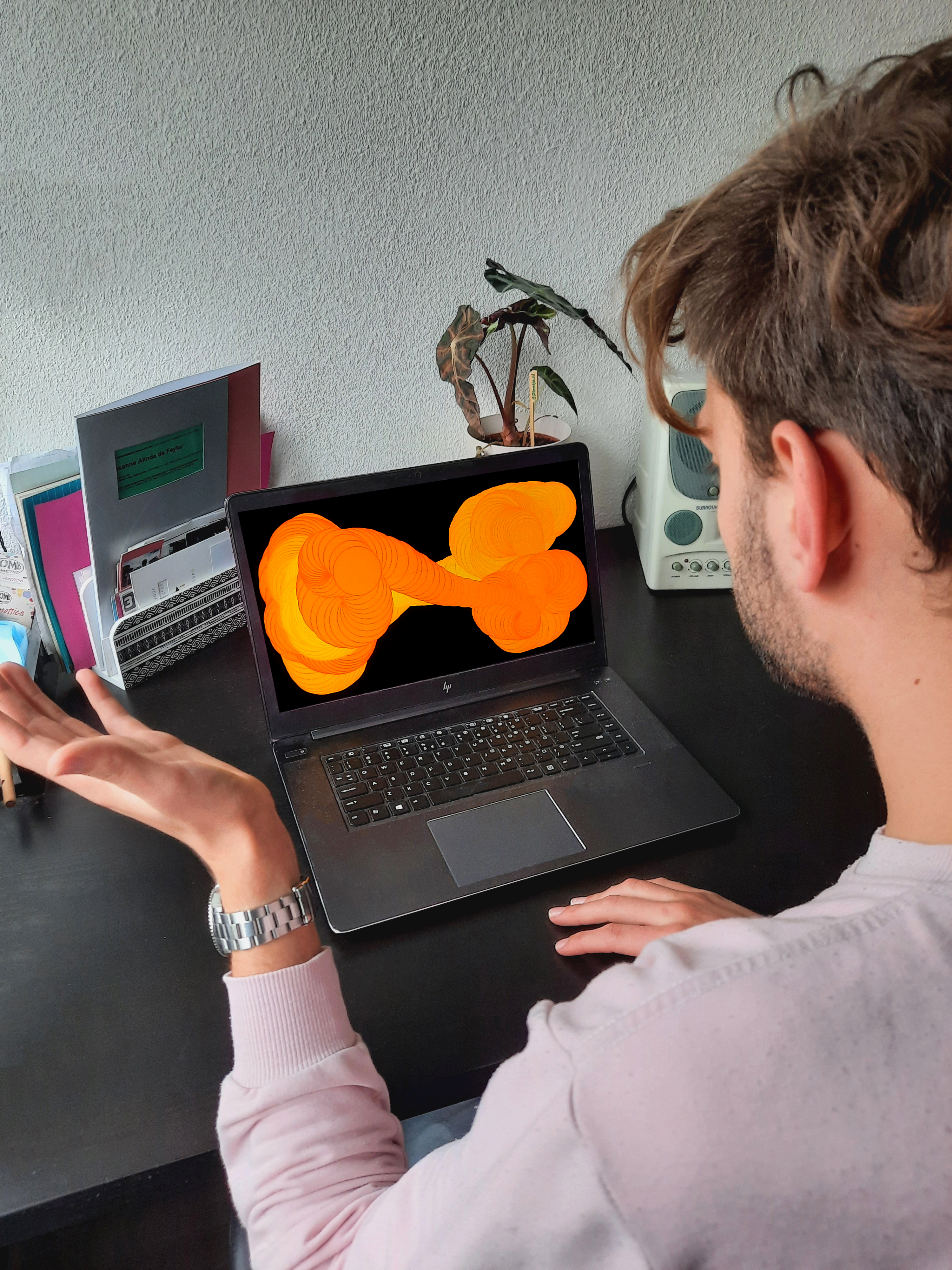
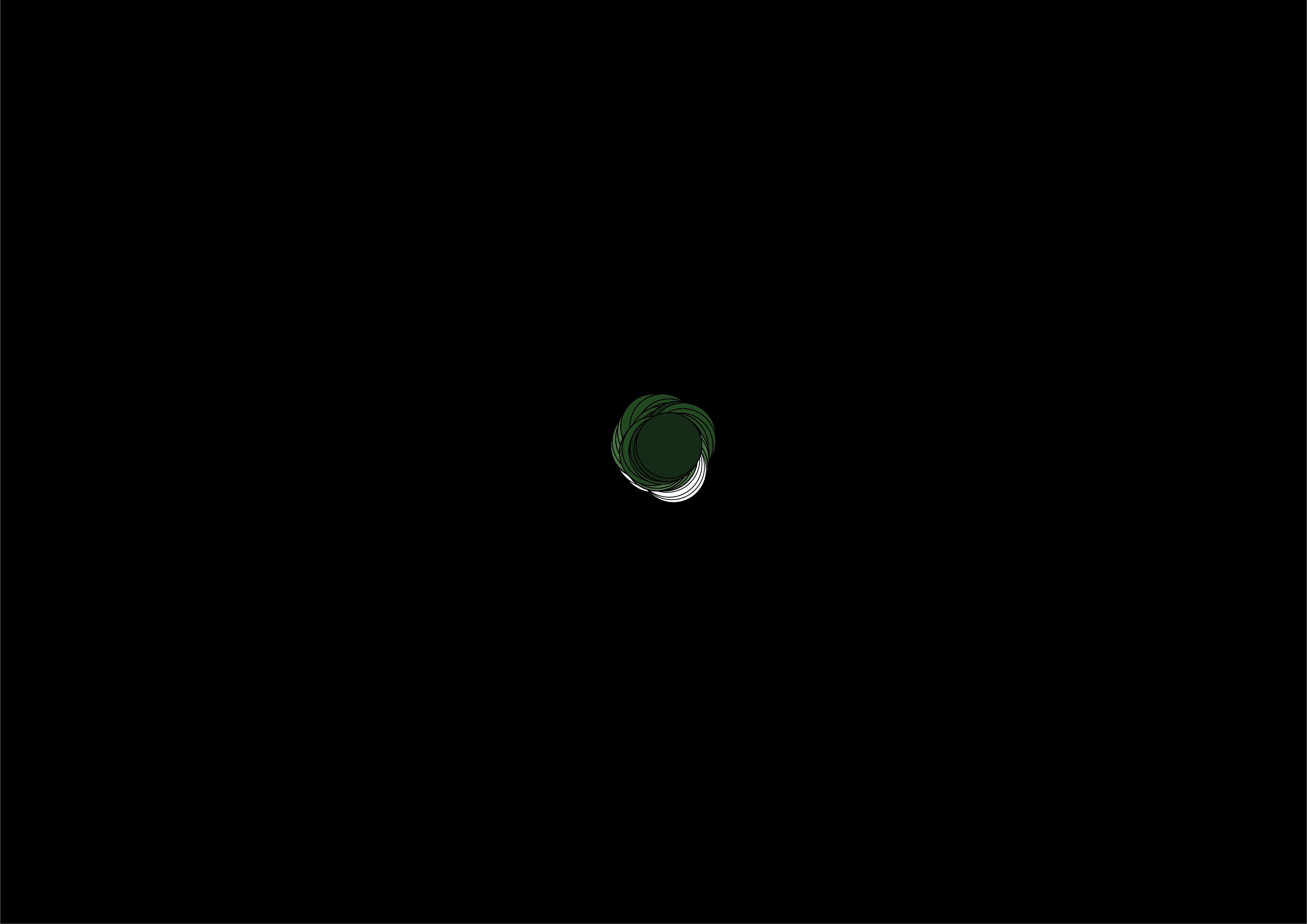
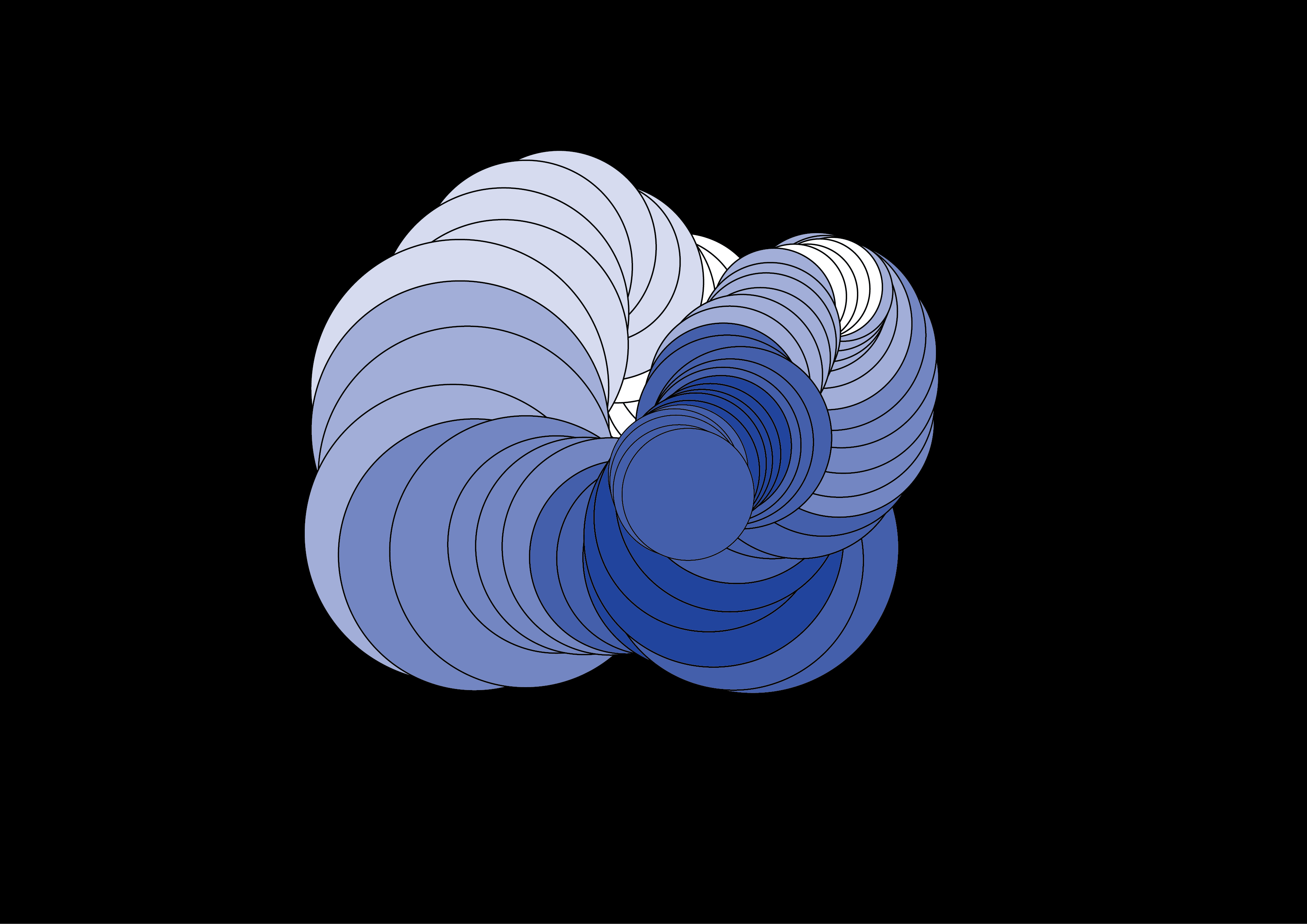
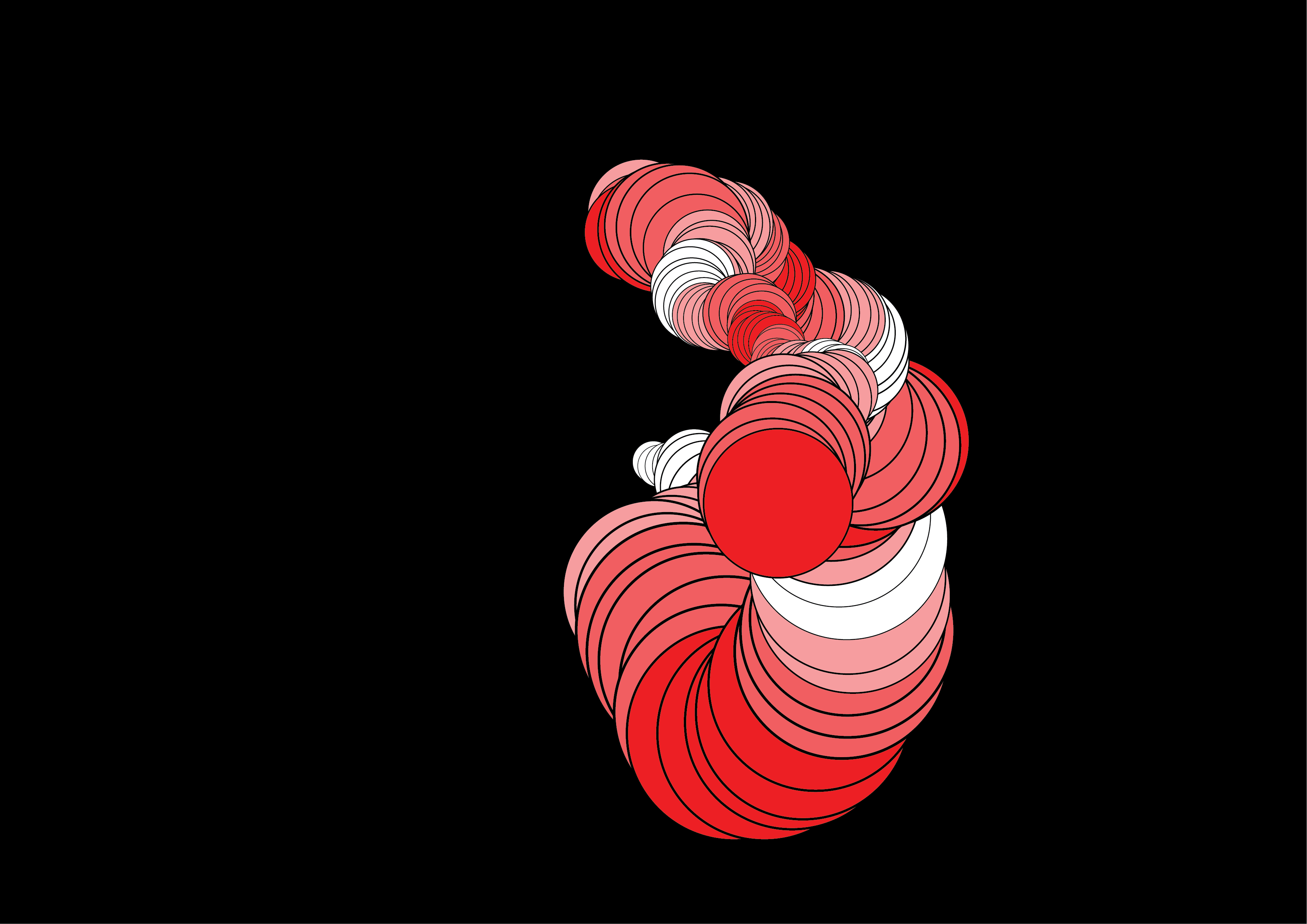
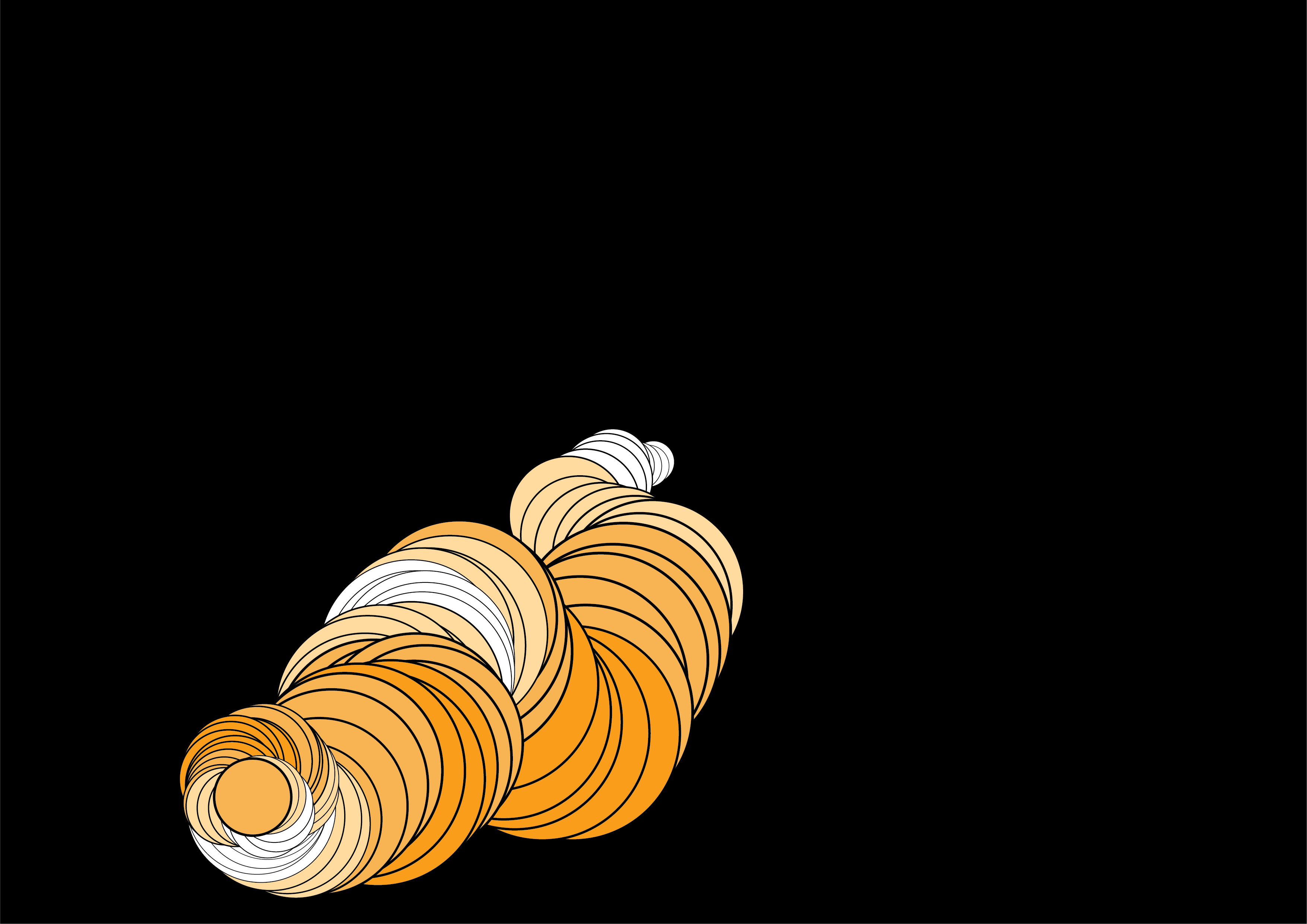



Constructive Design Research (C&A, U&S)
Using a Lab-Based Approach to Understand Human Compliance with Smart Home TechnologiesDuring Constructive Design Research (DCM100), my group explored the user's compliance with Smart Home Technologies (SHT) through a speculative future kitchen setting. Using a "Wizard of Oz" artifact, we emulated possible interactions of the futuristic kitchen with subjects from various ages and home environments. Within the project, I created a branching storyboarding of potential scenarios the participant could go through and developed findings from the experiment results. Our data was recorded through observational notes, surveys, and reflective interviews of each test subject. The collected data was assessed with our initial hypothesis of the participants' reaction to the artifact and then used to postulate what can affect one's compliance with SHTs.
The course was my first experience developing a research plan and design for a research artifact. It was also my introduction to creating an academic paper where the artifact is secondary to the data received from the experiments.
You can find the report here.
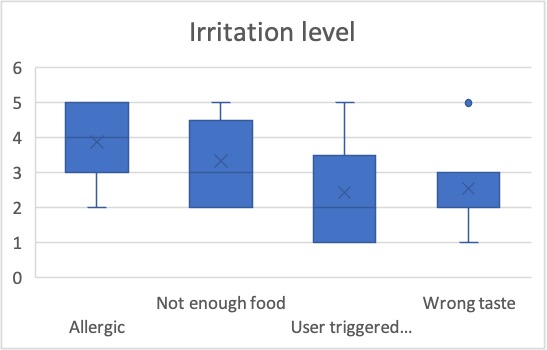
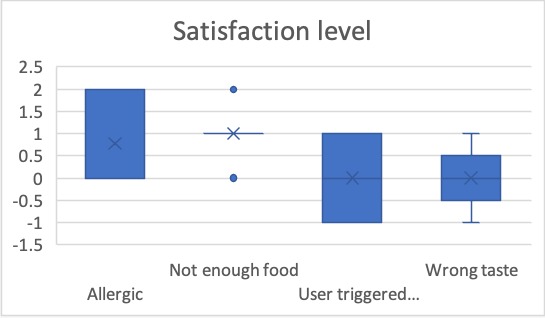
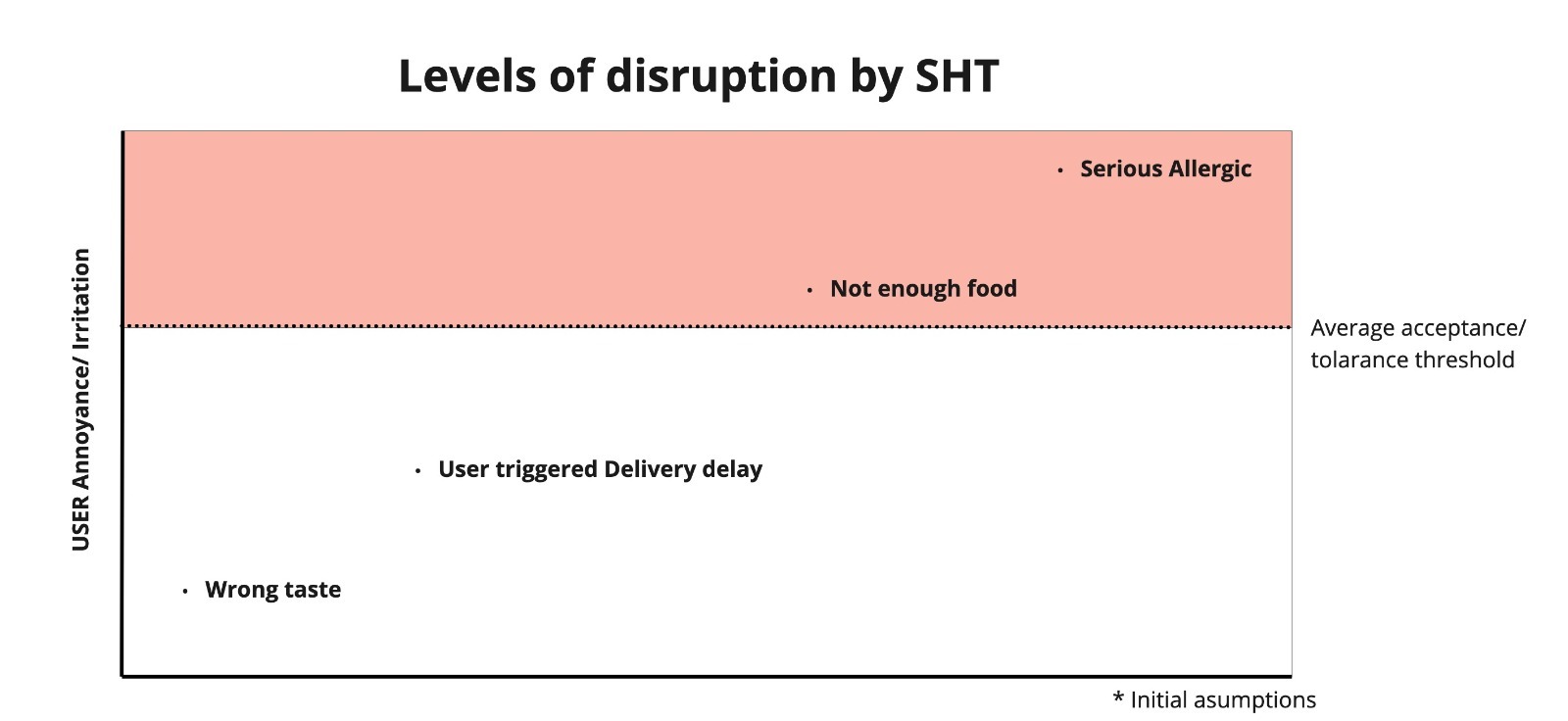
Data Acquisition and Visualization Through Embodied Sensors (C&A, T&R, MD&C)
Visualizing and Analyzing Runner Data for Personal ImprovementData Acquisition and Visualization Through Embodied Sensors (DASU20) was an introductory course learning the basics of understanding and handling data acquired through embodied sensors. This course was my first step into dealing with large amounts of data and handling ethically sensitive information.
For the course, we evaluated and visualized a runner's data from a GPS fitness tracking device and suggested areas of improvement for the runner. I learned the basics in sieving through massive amounts of data through Python coding and Excel, ethics in handling sensitive data, and interpreting the data through visualized representations.
DASU20 taught me the technical skill to interpret large quantitative data pools and the nuance thinking required in visualizing such data to cater to the needs of its users.
You can find the report here.


M1.2 Exploration of Social Capital for our Post-Human Reality (C&A, U&S, T&R)
An exploration of multi-species entanglement lessons social capital researchers can learnThe M1.2 semester explored lessons people can learn from multi-species entangled systems to influence the development of social capital within communities. From expert interviews, academic research from ecological and botany, and an intuitive inquiry research process, a gap was found in the current sustainable community growth discourse: the plans for the decay of a social organization. Using the role of saprobic agents - organisms that eat dead or decaying material to create fertilizer for new life – as inspiration, I made a storytelling device that asked participants to imagine and discuss what is a saprobic agent in our society. In other words, how do we accept the inevitability of death and rebuild from it?
The research project taught me the importance of being more specific about the area and desired outcome of said research. Due to the complexity of the topic, designing for the research felt impossible due to the inability to imagine the impact of the design on the findings. This project also pushed me to re-examine what it means to create a "good" design for creating discourse and conversation. As the probe achieved some validation in an aesthetic sense, the impact of the design felt minimal on the participant. This experience will be used later in the M2.1 project to understand how to create validated designs that instigate discourse.
You can find the report here.
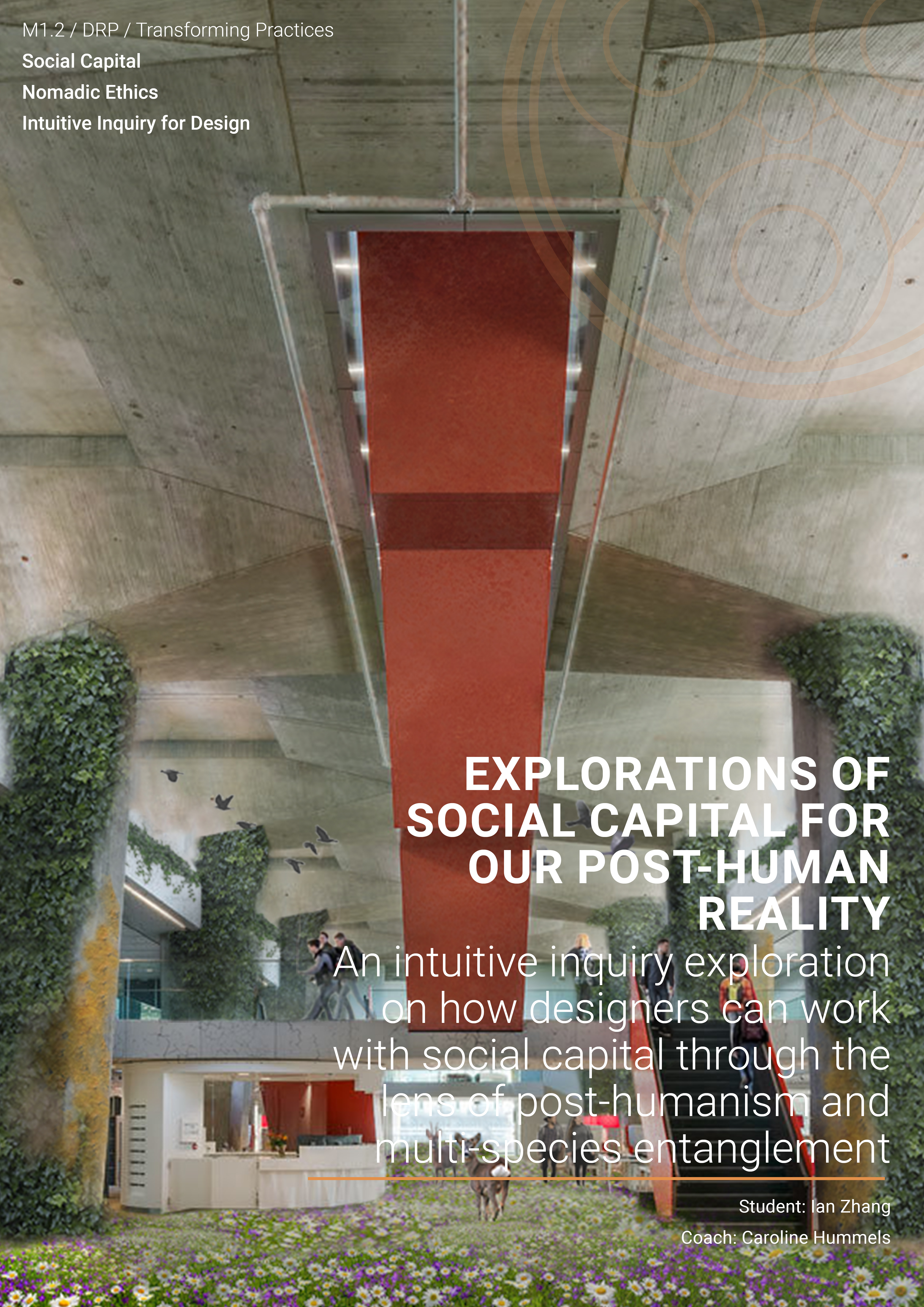

User Experience Theory and Practice (C&A, U&S)
Working with UX in Practice and TheoryIn User Experience Theory and Practice (DDM150), I was introduced to academic user experience theories and asked to apply them in a group case study for Philips and a collaborative UX manifesto. For the case study, we looked for opportunities to streamline the ambulance-to-hospital patient handover. From our interviews with Emergency Medical Service experts, market research, and in-depth research of EMS procedures and practices to develop possible designs. The interventions were then presented to Philips as if we were a consultant.
Based on the experience of the client case study and literature, a UX manifesto was created based on our understanding of UX theory. The manifesto focused on expanding UX theory from a human-bias practice to an inclusive multi-species perspective through an interactive poster that was only readable when users changed their perspective through red lenses.
From DDM150, we practiced the theories taught and created our understandings and ideas on user experience. We were taught how to become hyper-aware of the user's needs, expectations, and values through theories of empathic design. Even if we were mistaken in our assumptions and observations, we learned how to evaluate our mistakes and improve our process of designing users' experiences.
You can find the UX case-study report here.
You can find the UX Manifesto report here.
You can find my personal UX portfolio here.


Community Xperience Design (U&S, MD&C)
Utilizing Online Communities in the Design ProcessIn Community Xperience Design (DDM170), we created a design that relied on the feedback and collaboration of online communities. The project explored the user interface design for online character creation concerning self-expression. Using online communities such as Mturk, Reddit, and Facebook, we created surveys for participants to test and critique our interface designs. From the data collected, we developed a final character creation interface from the survey findings.
From this course, we learned about the pros and cons of using both free and paid surveying platforms and methodologies to get the most productive feedback from these platforms. The main lesson was how to work with such a community and give them value in participating and providing feedback to our design development.
You can find the group reflection of the experience here.

M2.1 Design Remixing: Using Hip Hop Sampling to Encourage Inclusive Discourse (C&A, U&S)
The origin of design remixing.During the M2.1 semester, two projects unconsciously used practices found in hip-hop sampling to create artifacts for discourse. The first was a project for the Rijkswaterstaat, and the second was a personal project for the Dutch Design Week (DDW). For the Rijkswaterstaat, a diegetic artifact challenged the employees of the Rijkswaterstaat to imagine a speculated future where they allow water to shape the Netherlands. For DDW, an installation was created to open the conversation about how we live with our cellular devices to the public.
When looking at these two projects and the field of discursive design, I realized a gap in the literature for discursive design. The existing literature for discursive design mainly focuses on a wide variety of typologies for discourse but does little to guide the designer in the process. From this realization, the foundations of design remixing were first formulated, which led to the development of a methodology to test in various situations.
You can find the report here.

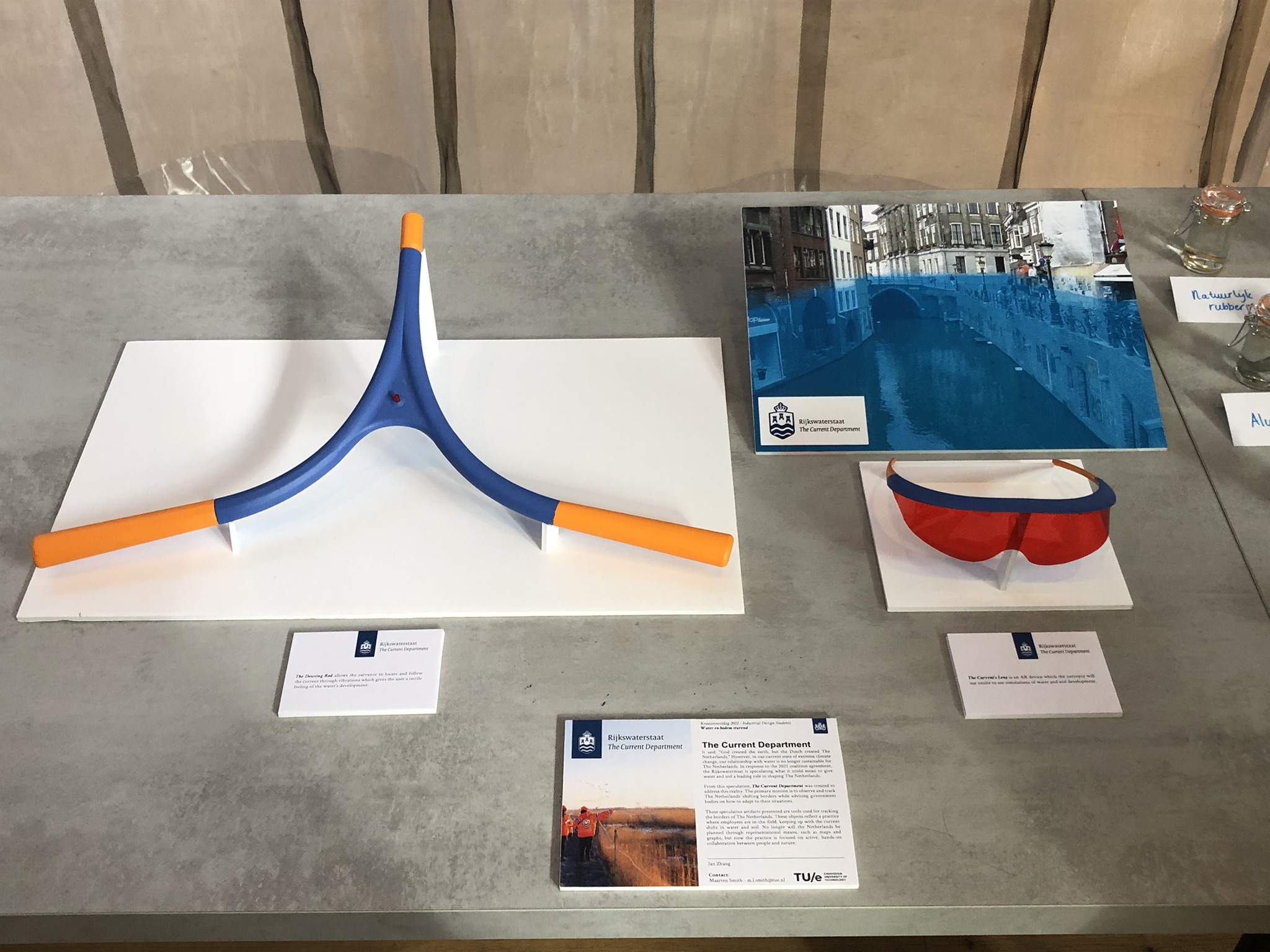

Interactive Materiality (C&A, T&R)
Developing Living Leather through Material Exploration and Feelix.In Interactive Materiality (DMC160), my group explored creating an engaging interaction using leather and the Feelix system. From our research, we began delving into the socio-cultural significance of leather to influence the design decisions regarding the final interaction and artifact. The final artifact resulted in a leather-covered object that moves until it feels contact; once touched, it will begin sweating out water onto the user through artificial pores.
You can find the report here.






Matter of Transformation (C&A)
Transforming perceptions of tea consumption.In Matter of Transformation (DCM190), I investigated how incorporating William James' Pragmatist Philosophy can influence my design process and thinking. Through the course, I explored the design of a tea bag that allows the user to drink or smoke tea. The design is not meant to encourage smoking but to introduce alternative practices with tea unfamiliar to Western consumers.
You can find the report here.
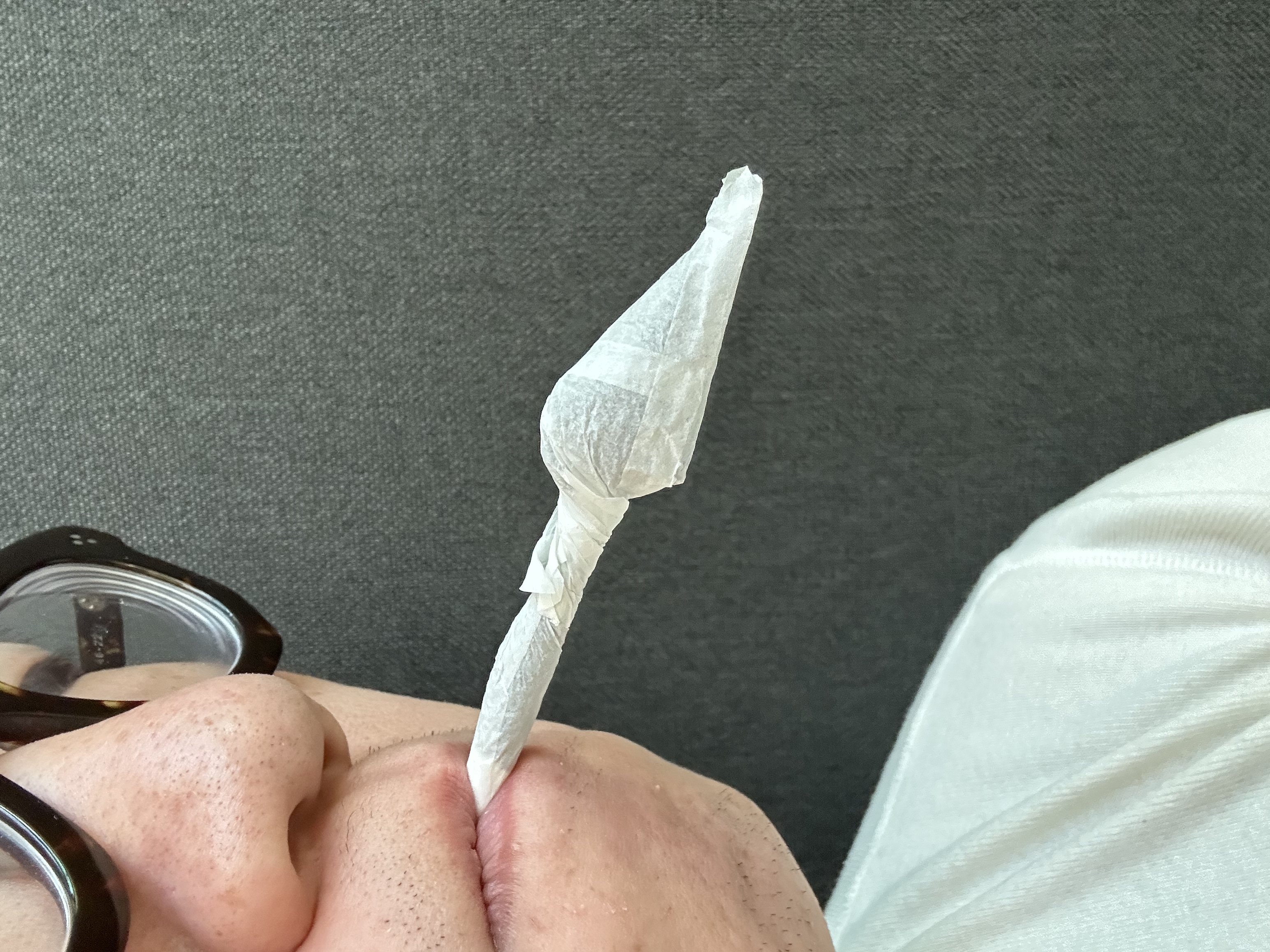
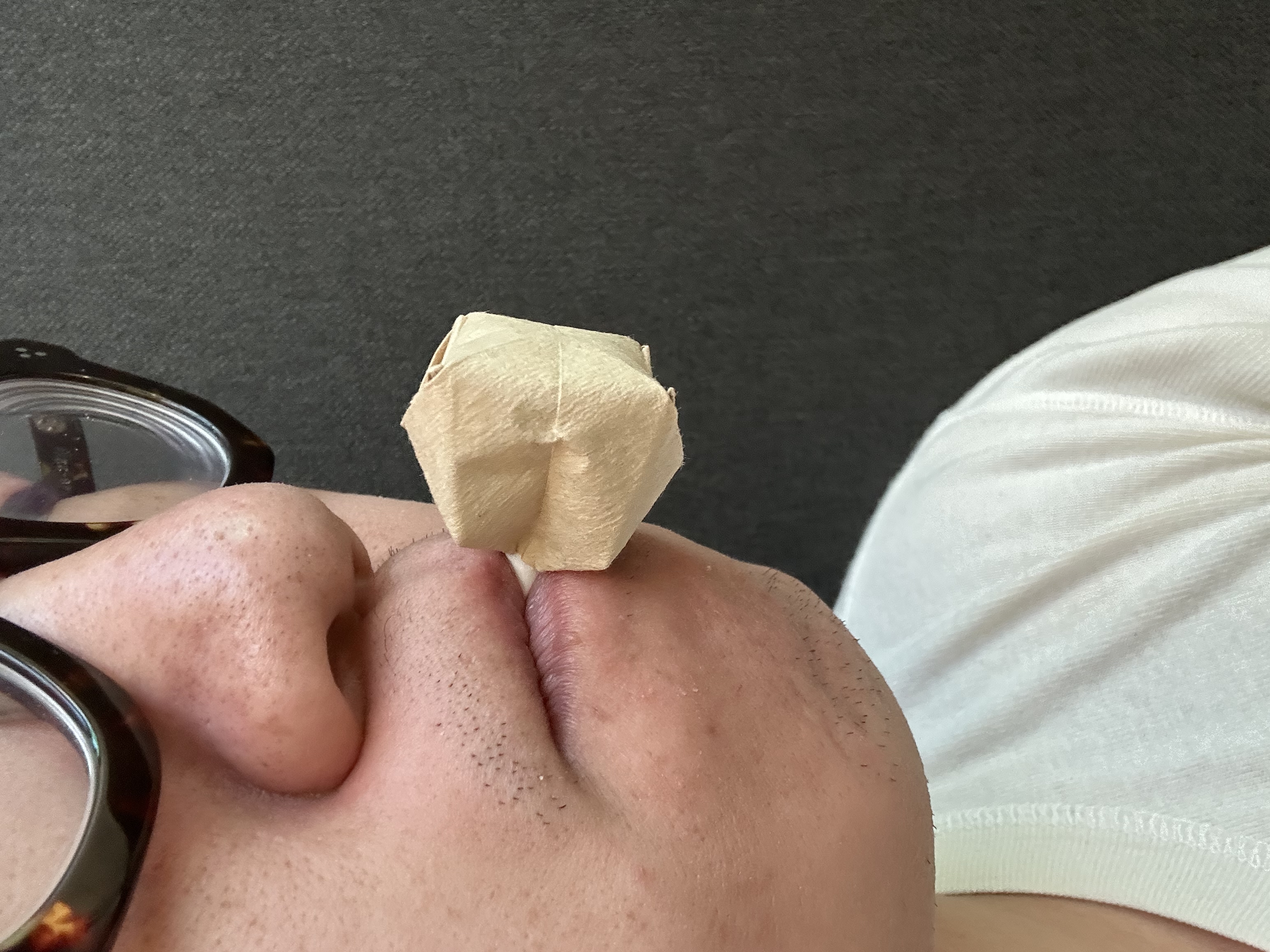
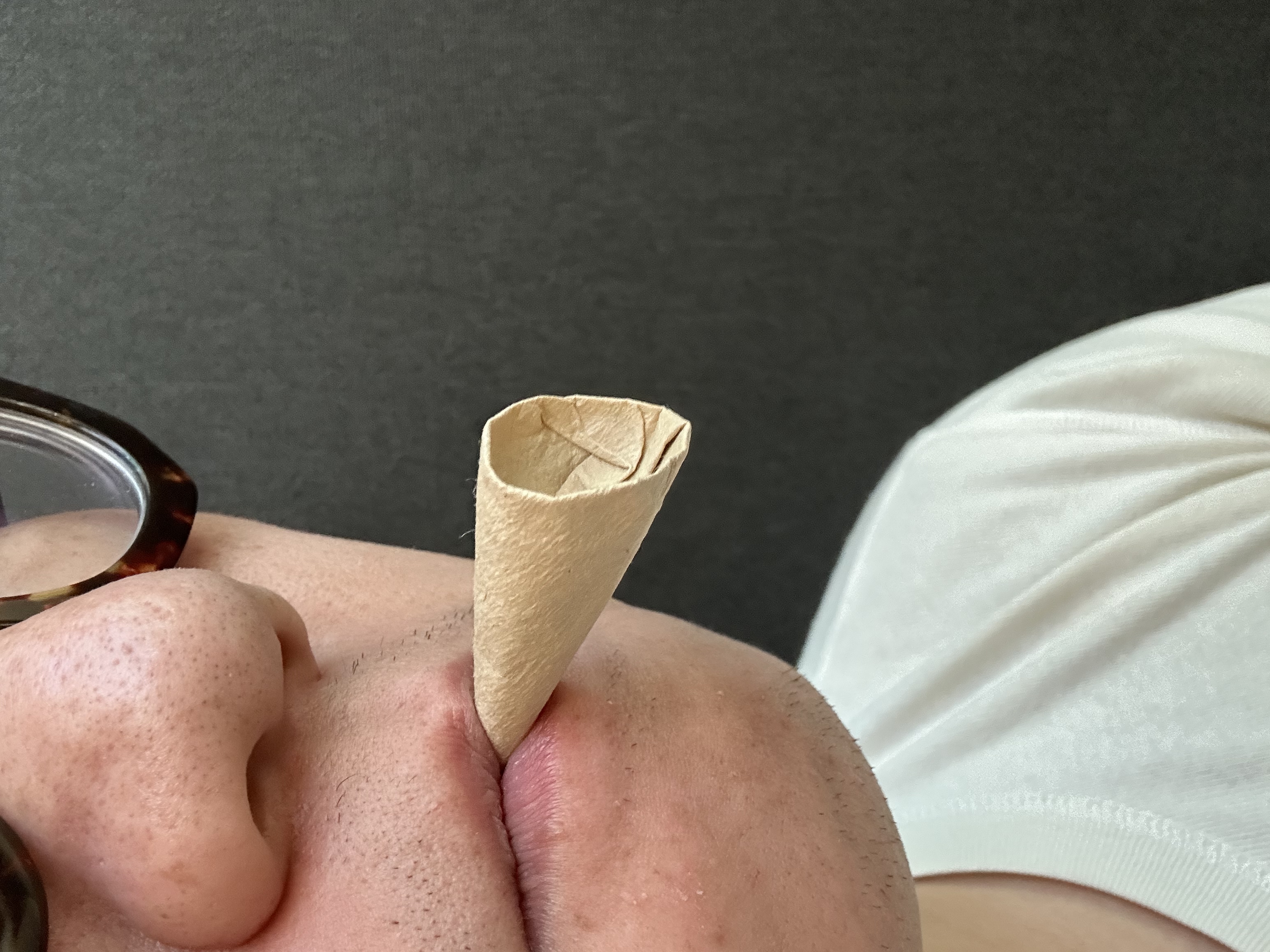
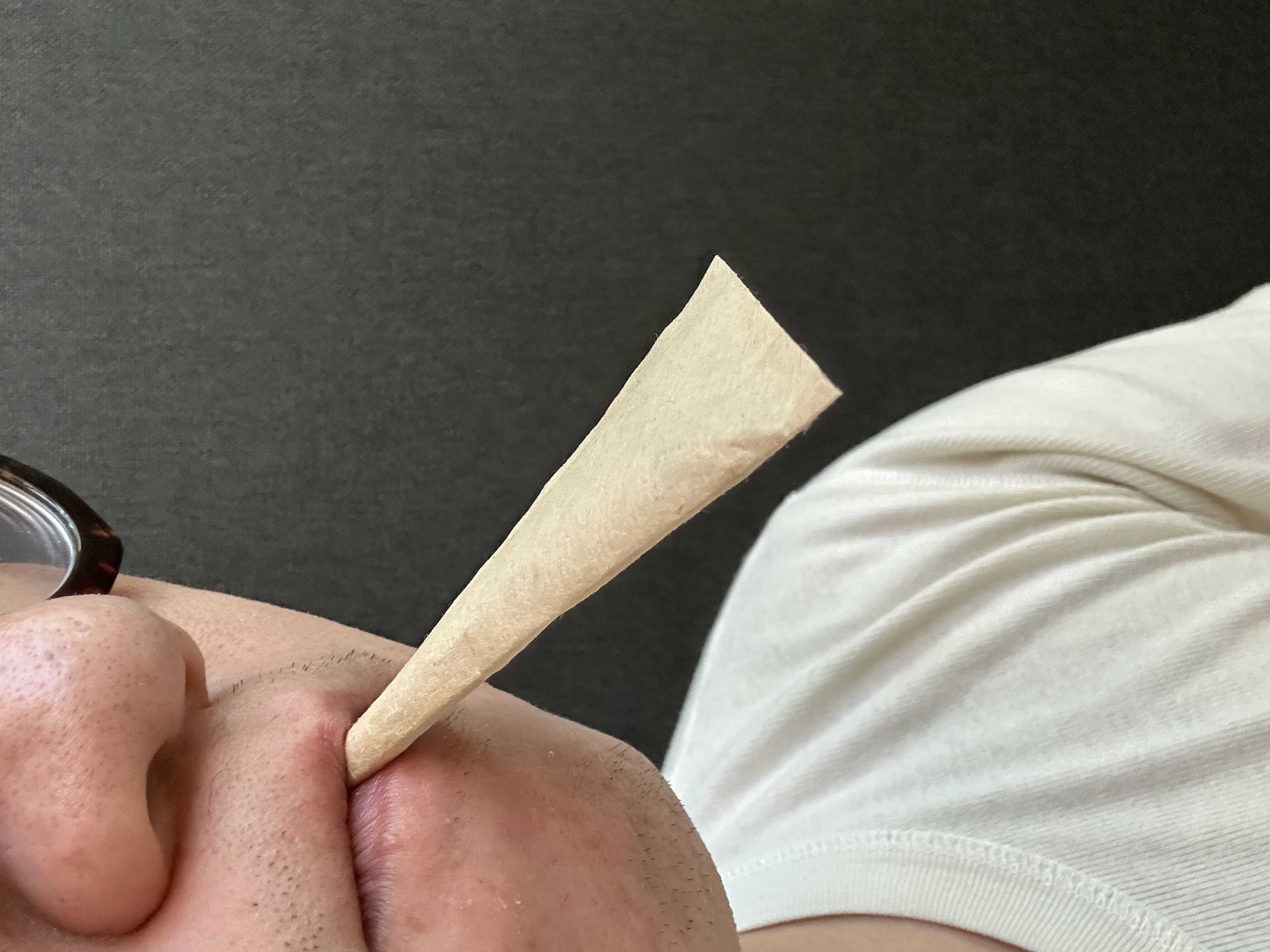

Dutch Design Week 2022 (C&A, B&E)
A personal project to learn how to organize a design exhibition.Hearth for the Homo-Cellular is a resting place designed to allow visitors to regenerate energy for themselves and their cellular prosthesis'. Inspired by people congregating around power outlets to charge their mobile devices, I wanted to highlight the absurdity of our times with a fun installation that encourages discussion about how we live today.
A personal goal of mine was to have my work presented in a more public forum. After applying and getting accepted for DDW22, I had to quickly learn how to set up a show and navigate with various project management groups. From the show, I was approached by TU/e's Brainport initiative and am currently creating a design patent.
You can find more details about the project here.

3D Form and Space Methodology Workshop (C&A, U&S)
A personal task to help encourage making in the transforming practice squad.The transforming practice squad is concerned with designing for societal issues and contexts. Due to the complexity of the subjects, many students struggle to develop interventions that experiment with transforming their contexts, tending to stay at a theoretical understanding of their design space. As transforming practices tries to create interventions that transform a context's practice, I was asked to use my experience at the Pratt Institute to create a workshop that could encourage students to be willing to experiment through making.
The workshop uses lessons from the Pratt Institute's 3d Form and Space Methodology to train the students in the following:
- Making quick, iterative prototypes
- Being critical of what they made
- Being able to discuss with others what they made and give critique
The students were tasked with making "Beautiful" abstract sculptures through three activities built upon each other. As they went through the activities, the goal was to help train their eye to understand "beauty" and give them the dictation to dissect, defend, and discuss "beauty" with their peers.
You can find the workshop here.
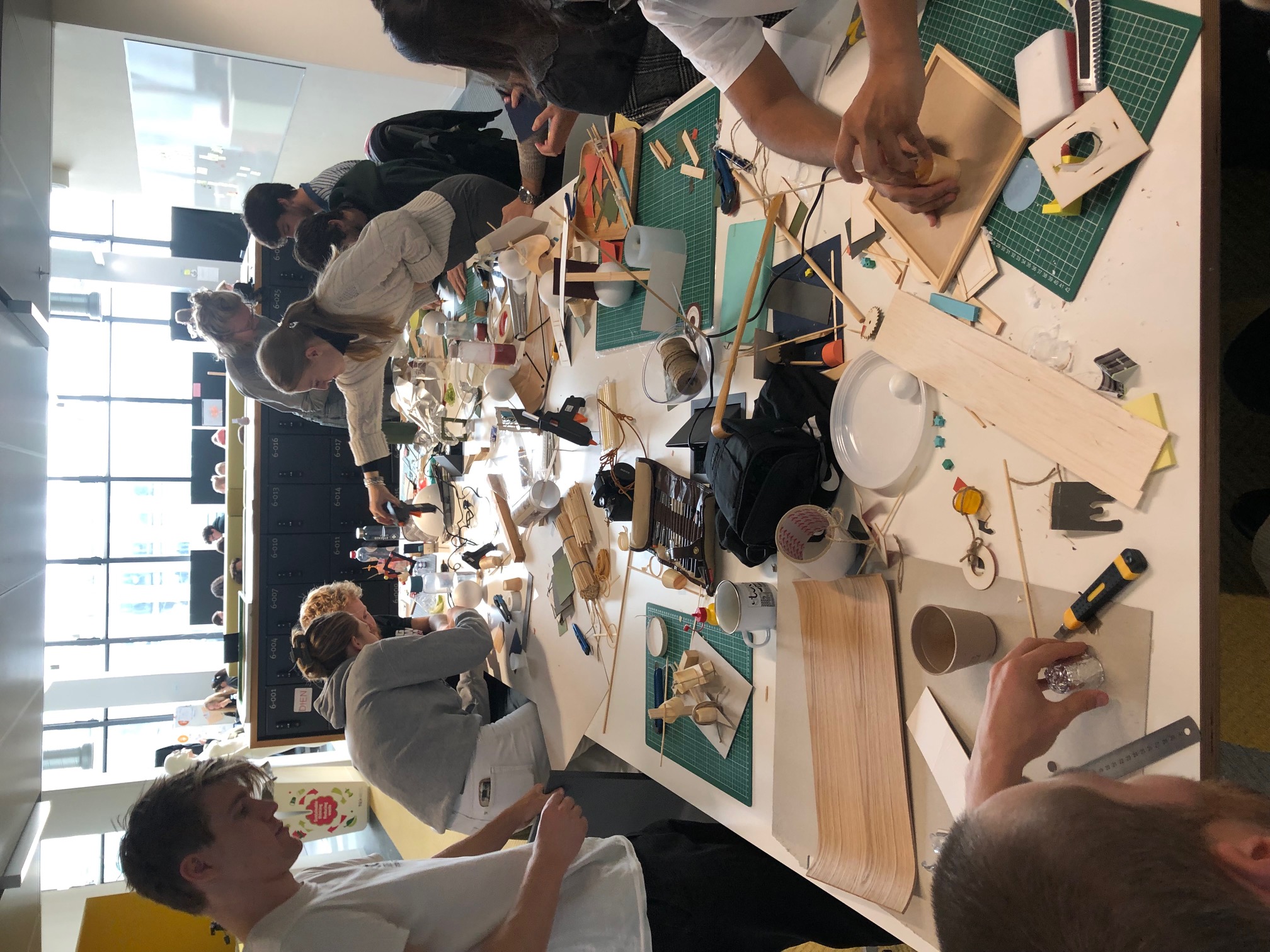



M2.2 Final Master Project: Design Remixing (C&A, U&S, B&E, T&R, MD&C)
An individual design and reserach project exploring what designers can l earn from hip-hop sampling.Design Remixing is a design methodology inspired by hip-hop sampling to help aid the creation of discursive design artifacts. Hip-hop sampling is the foundation of the method as it utilizes stories, sounds, and materials of the everyday to allow the listener to connect to one's music and intended associated values. Through examining the practices of hip-hop producers, design remixing was created to help guide designers in their process and sharpen their ability to interrogate, trust, and communicate their instincts.
Through the volunteered effort of TU/e Industrial Design Master Students and a client case study with Human Landscaping, I tested the validity of the design remixing methodology in both an academic and consulting setting. From their experiences, the method helped students re-evaluate how they observe the world, their inquiries and use what exists around them to create new experiences and understandings of the everyday. The methodology guided the client in developing an understanding of their query, resulting in two artifacts that can help them engage their audience in their questioning. Design Remixing aided both students and the client in pragmatizing their inquiry into an experience that allowed them to articulate their investigation and include others in the discourse.
"I actually really like the methods using it, so I'm actually kind of grateful using it this semester because I feel like I do a little bit more trust my instincts on whether it's good or not"
- M1.2 Student using the methodology for their project
“… ‘Would you recommend somebody?’ I wrote down. Yes. Because what we always ask people is to think out-of-the-box... But you see, (the methodology) takes people out of their habits. Is something completely different”
- Saskia Evers of Human Landscaping
You can find the report here.
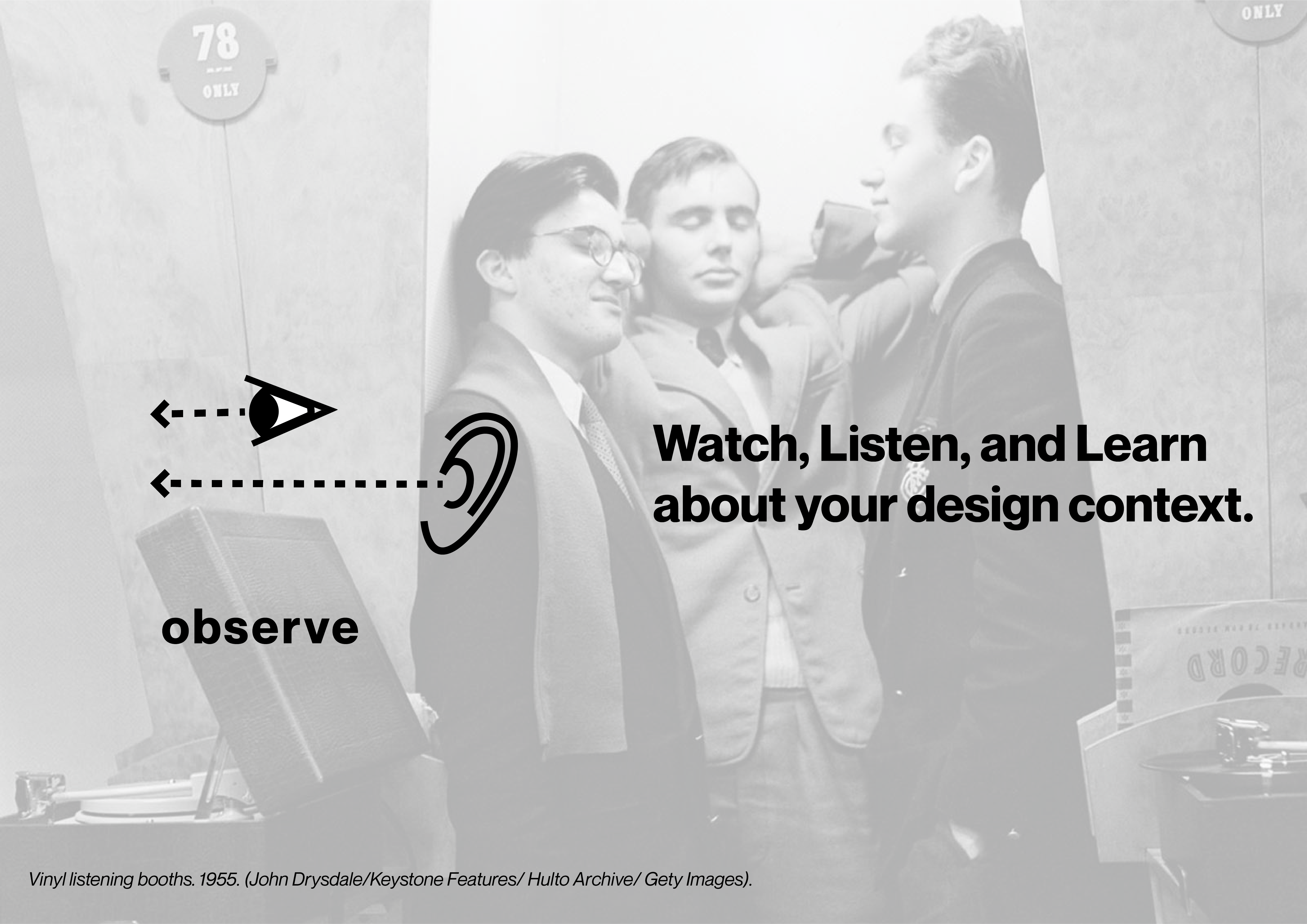
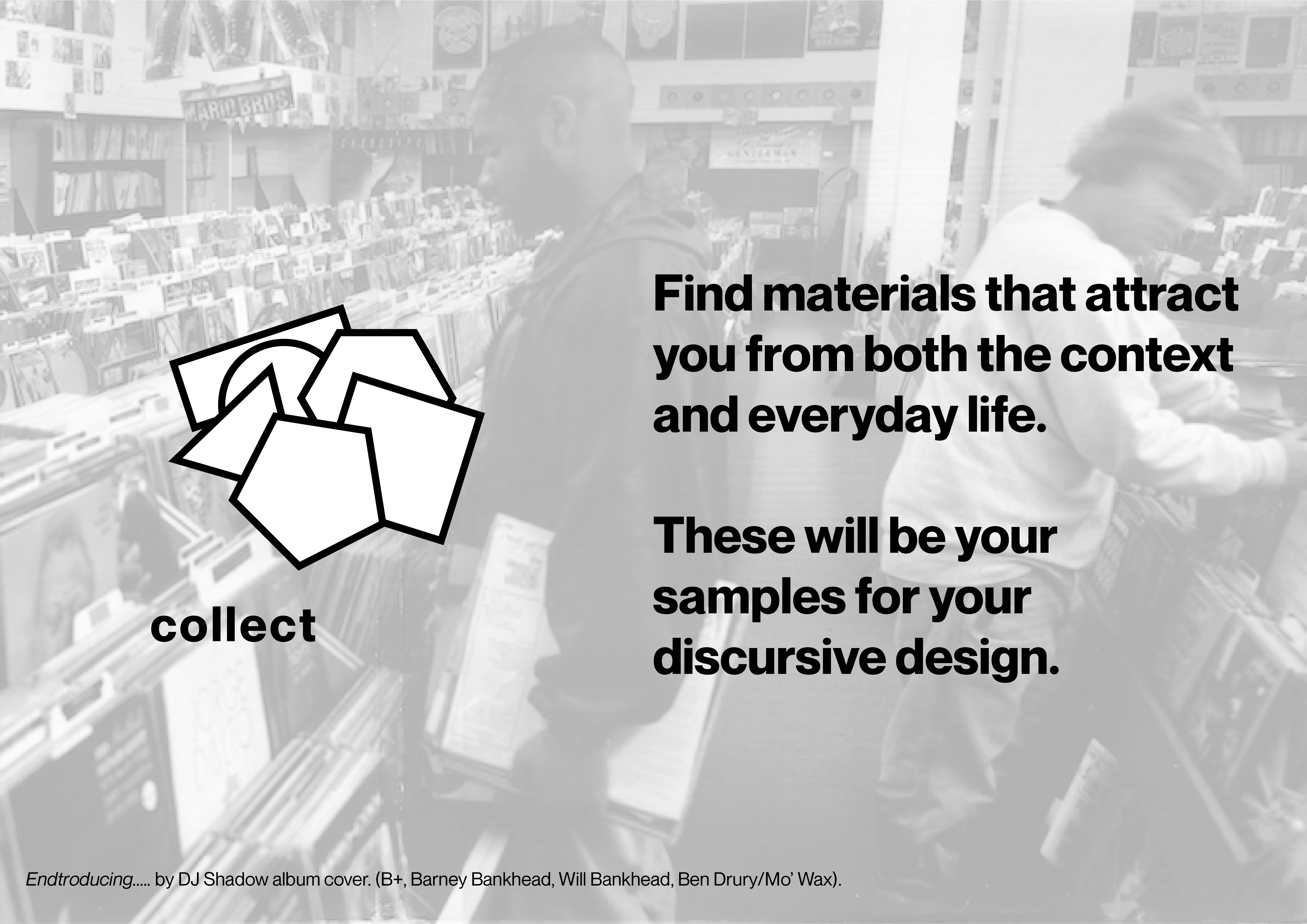


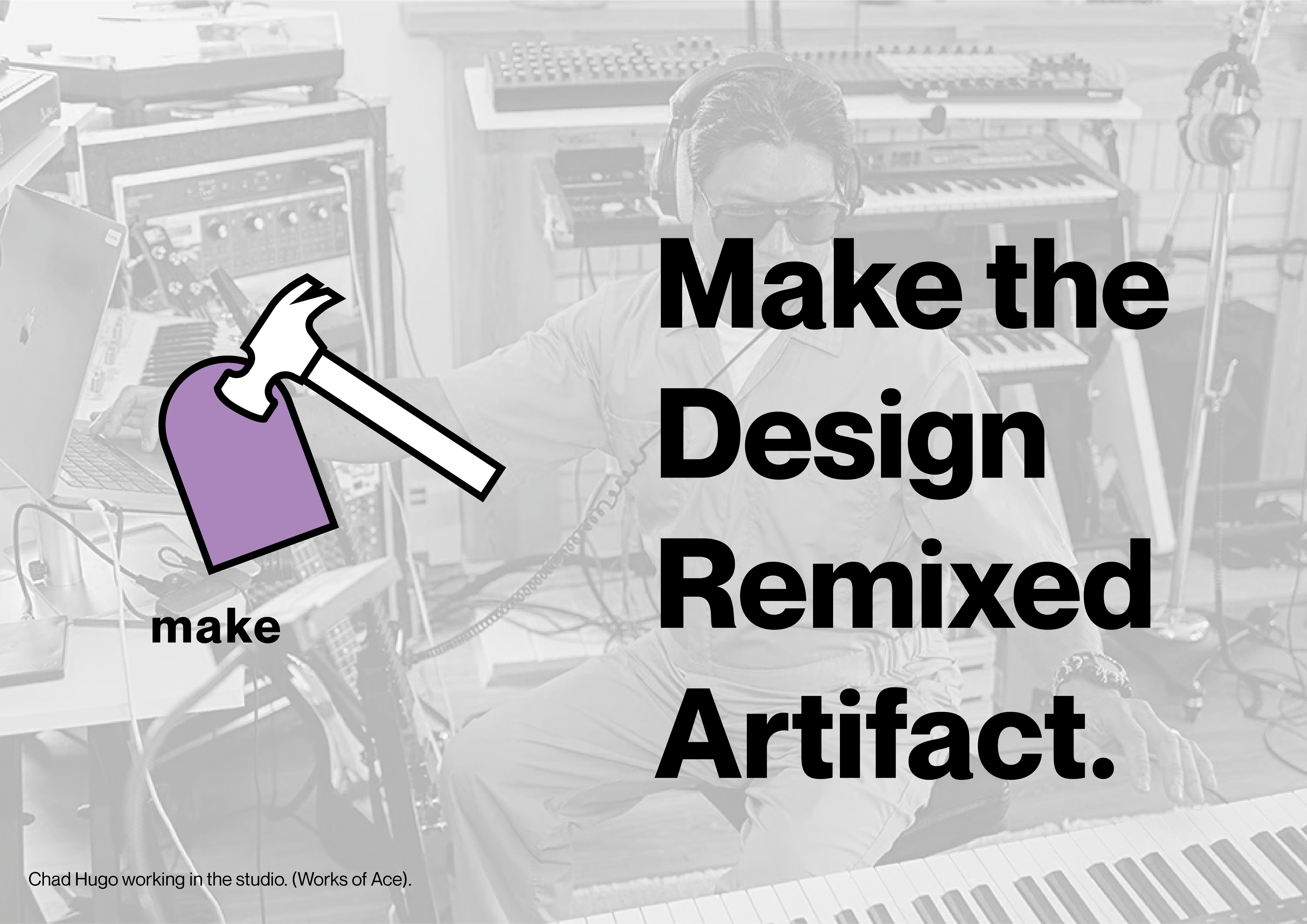
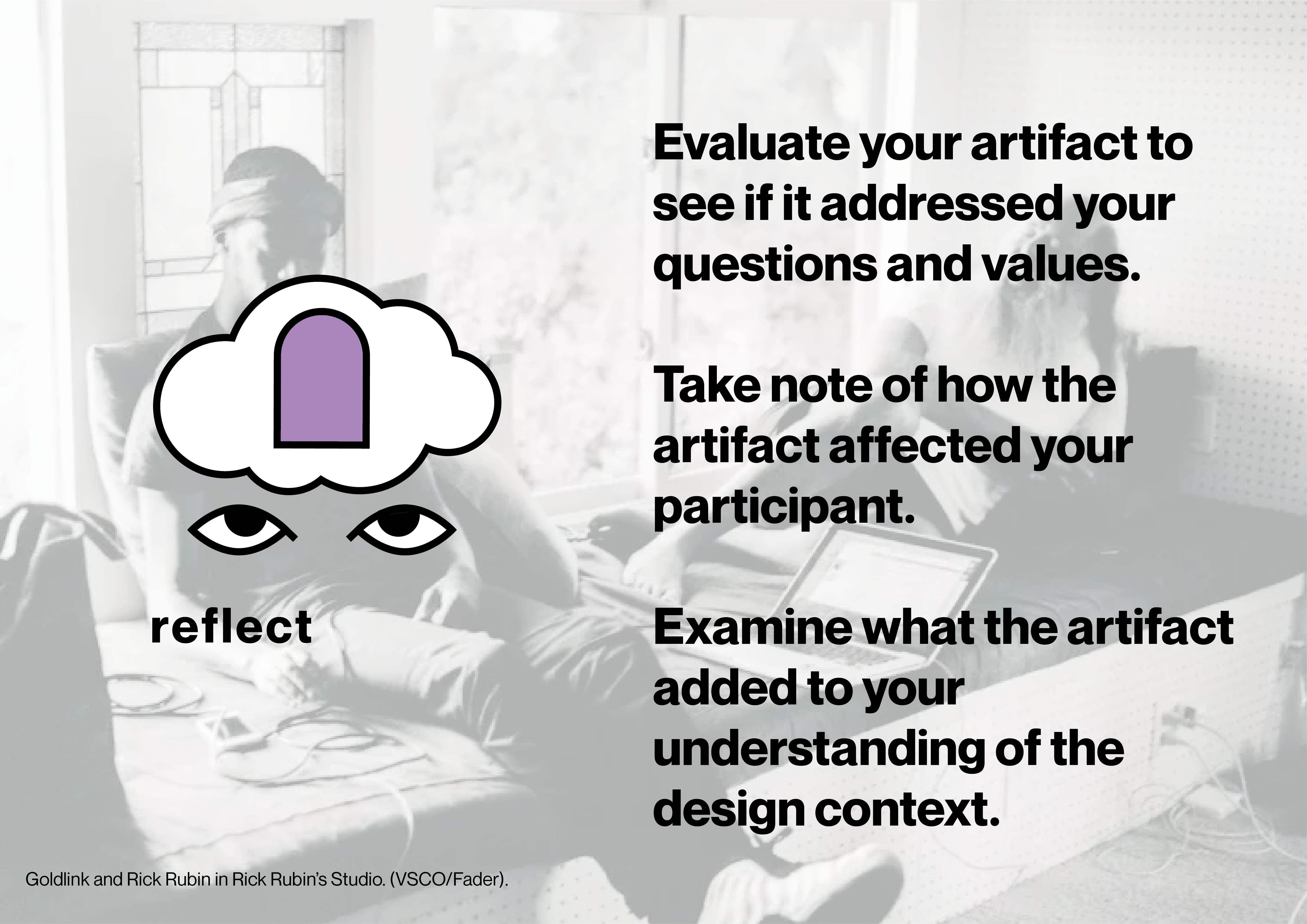

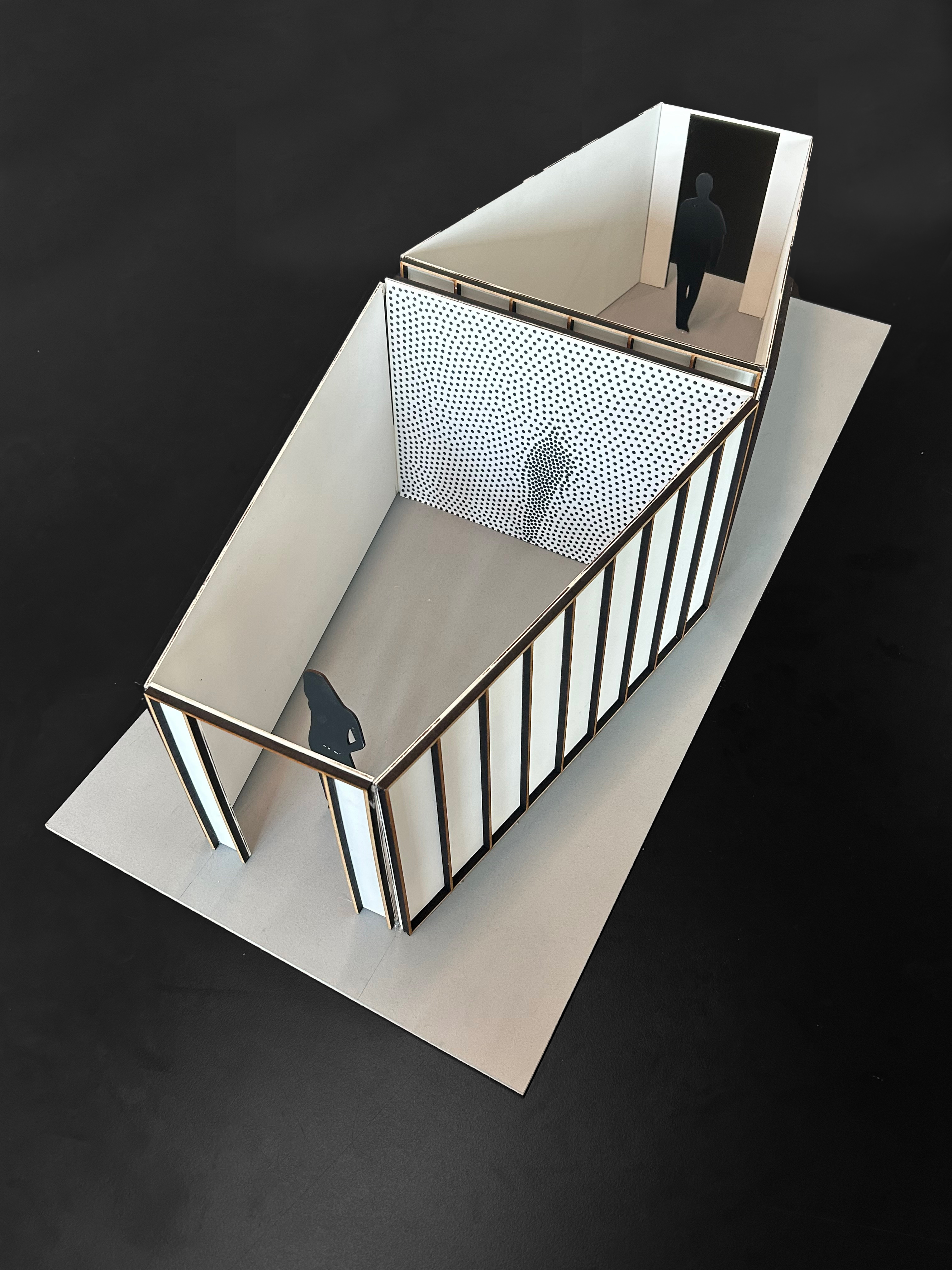
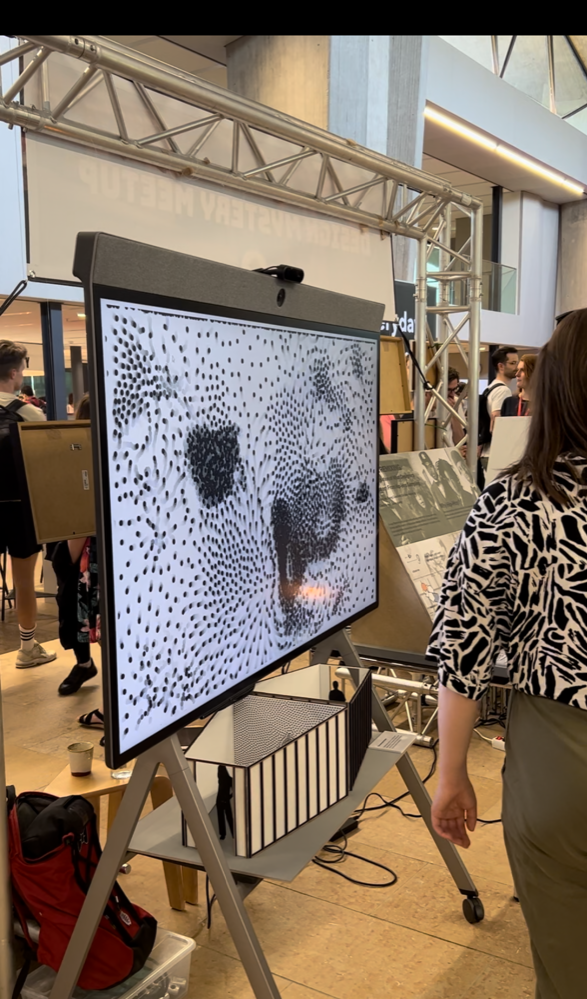
Future Practice
Equipped with the ability to articulate and transform my creative practice. I plan to use my skills to make concepts come to life and empower designers and the public to engage with the designed world. In the real world, I would like to use my sampling skills to help clients discover their concepts, values, and ambitions and make them come to life. The creations made through this collaboration will be concerned with social well-being and empowerment, inspiring anyone to engage with their environment with criticality, thoroughness, and beauty.
Within the realm of design, I want to demystify the design process and help new practitioners discover and develop their voice. As I went back to university to be allowed to teach, I plan to use my experiences creating design remixing to help students approach the design process and discover more methodologies for beauty.
Altogether, if it's through consultation work or education, I hope to provide the tools and the environment to allow myself and others to create more beauty in this world.
Bibliography
Anderson, R. (2019). Intuitive inquiry: Inviting transformation and breakthrough insights in qualitative research. Qualitative Psychology, 6(3), 312–319. https://doi.org/10.1037/qup0000144
Bruns, M., Ossevoort, S., & Petersen, M. G. (2021, May 6). Expressivity in interaction: A framework for design. Conference on Human Factors in Computing Systems - Proceedings. https://doi.org/10.1145/3411764.3445231
Chapman, J. (2009). Design for (Emotional) Durability. In Source: Design Issues (Vol. 25, Issue 4). http://www.product-life.
Demers, J. (2003). Sampling the 1970s in hip-hop. Popular Music, 22(1), 41–56. https://doi.org/10.1017/S0261143003003039
Emerson, R. M., Fretz, R. I., & Shaw, L. L. (2011). Writing ethnographic fieldnotes (2nd ed.). The University of Chicago Press.
Gibson, J. J. (2013). The Theory of Affordances. In The Ecological Approach to Visual Perception (pp. 127–137). Lawrence Erlbaum Associates, Inc.
Holmes, T. (2008). Electronic and Experimental Music: Technology, Music, and Culture. Taylor & Francis. https://books.google.nl/books?id=hCthQ-bec-QC
James, W. (2017). What Pragmatism Means. In What Pragmatism Means. LM Publishers. https://books.google.nl/books?id=AZQ-DwAAQBAJ
Kelley, T. (2005, October). The Ten Faces of Innovation | ideo.com. https://www.ideo.com/post/the-ten-faces-of-innovation
Kouprie, M., & Visser, F. S. (2009). A framework for empathy in design: Stepping into and out of the user’s life. Journal of Engineering Design, 20(5), 437–448. https://doi.org/10.1080/09544820902875033
Schaeffer, P. (1952). À la recherche d’une musique concrète (J. Dack & C. North, Eds.). University of California Press.
Smeenk, W., Tomico, O., & van Turnhout, K. (2016). A systematic analysis of mixed perspectives in empathic design: not one perspective encompasses all. International Journal of Design, 10(2), 31–48. http://www.ijdesign.org/index.php/IJDesign/article/view/2543/738
